Mining
Even though copper mining and its treatment had a certain degree of development in Asturias, these activities were always troubled by the low metallic richness of the ores. This made the importation of foreign minerals predominant in the market, which affected the retail prices in a negative way, complicating the survival of the regional initiatives.
In 1833, a report from the Real Sociedad Económica de Asturias (the Asturian royal economic society) advises against the installation of an American copper smelter facility due to the great damages this would cause in this branch of the regional industry. Thus, only some small exploitations (some of them including factory facilities) were born during this century. One of these initiatives, with an adventurous financial nature, was the creation of the El Condado mines and copper factory in Laviana. This event was put into the background due to the relevance of the Texeo mines in Riosa, rediscovered by Van Straalen in 1888.
In 1884, the company Sociedad Romero Díaz y Compañía was created. It was dedicated to the argentiferous copper treatment and its extraction in the neighbouring Peña Mayor and Crespón mountains. After its extraction, the copper was transported using horses and an endless 1000-meter cableway. The manager of the factory was José Peiró, and its main associate was Romero Estringama y Sierra. The facilities in El Condado included a huge industrial unit built with masonry and a brick kerb surrounding the openings. It was equipped with all the new advancements, such as a modern furnace (located in the west-facing side), a mill and electric light, becoming a ground-breaking example in factory lighting. At the beginning of the 20th century, the plant finally closed. It was reused from 1921 as a locomotive workshop for the Laviana-Rioseco railway.
Nowadays, the main walls of the once impressive principal building remain, and the water intake systems from the Nalón river are still visible. The mines keep its tips and the cavities in Llampaces, where the mineral weathering generated malachite crystals, which are now abundant in these mines from the upper Nalón river.
Faustino Suárez Antuña

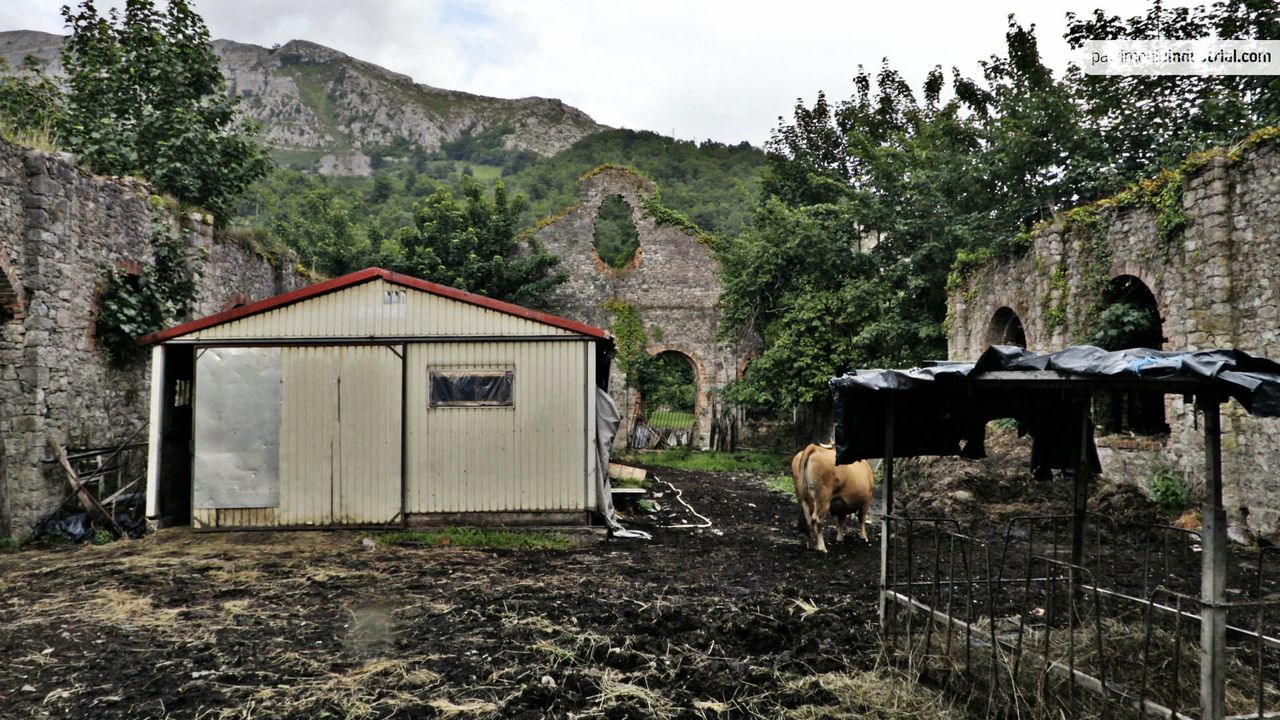
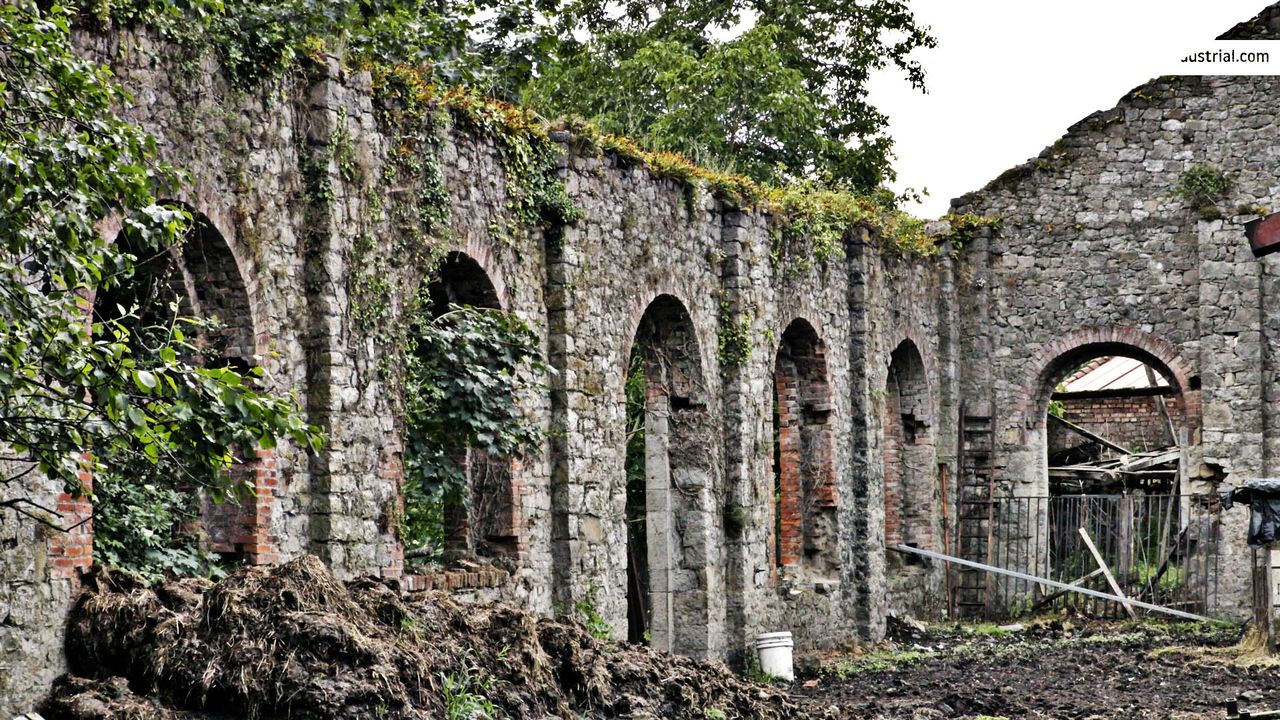
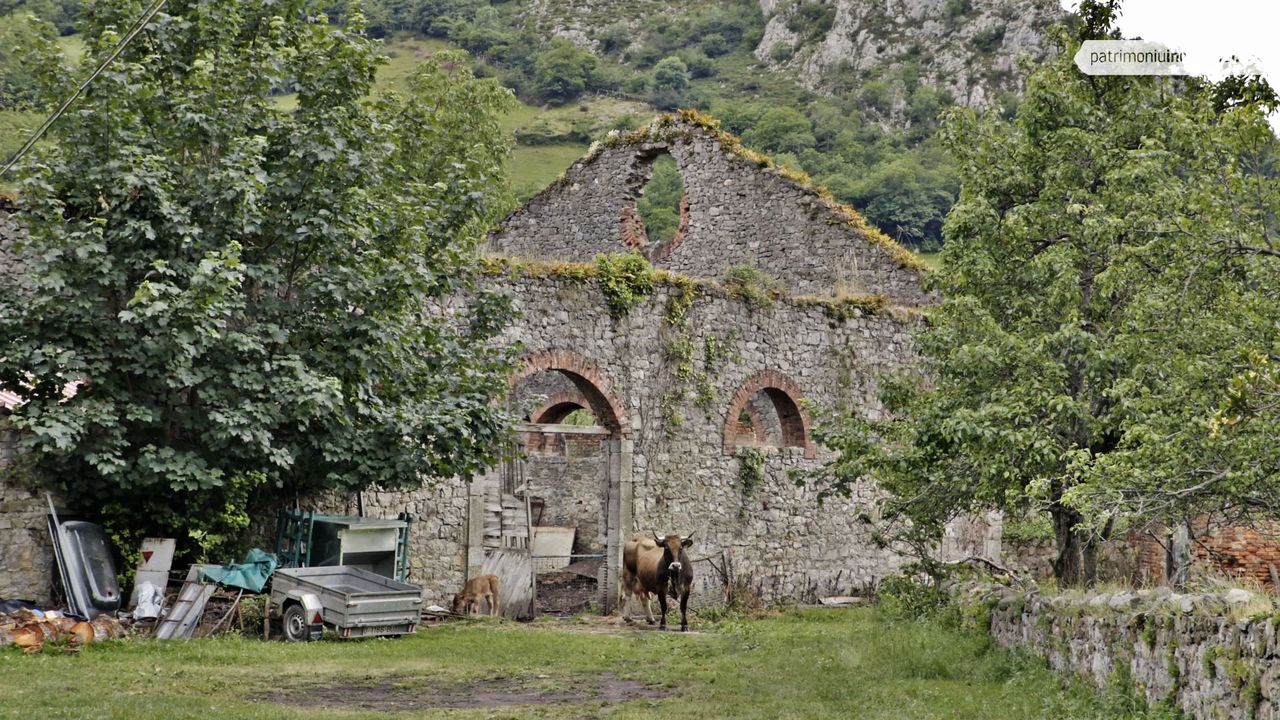

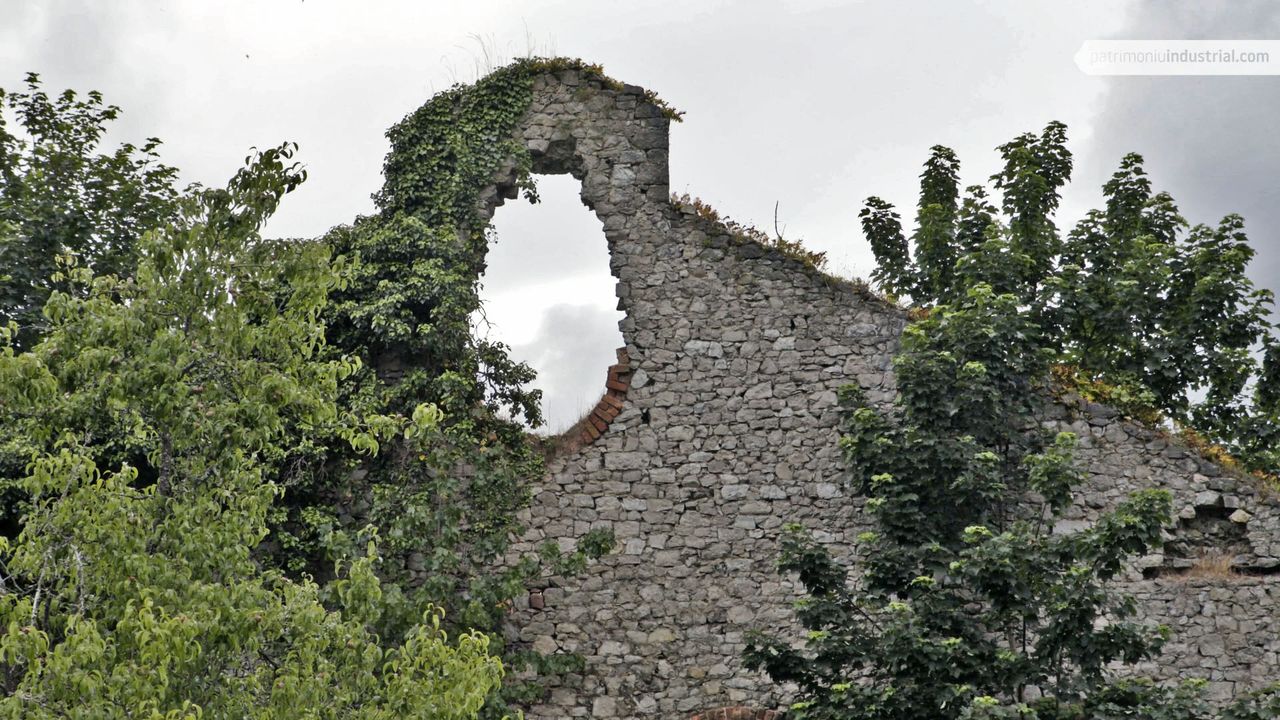

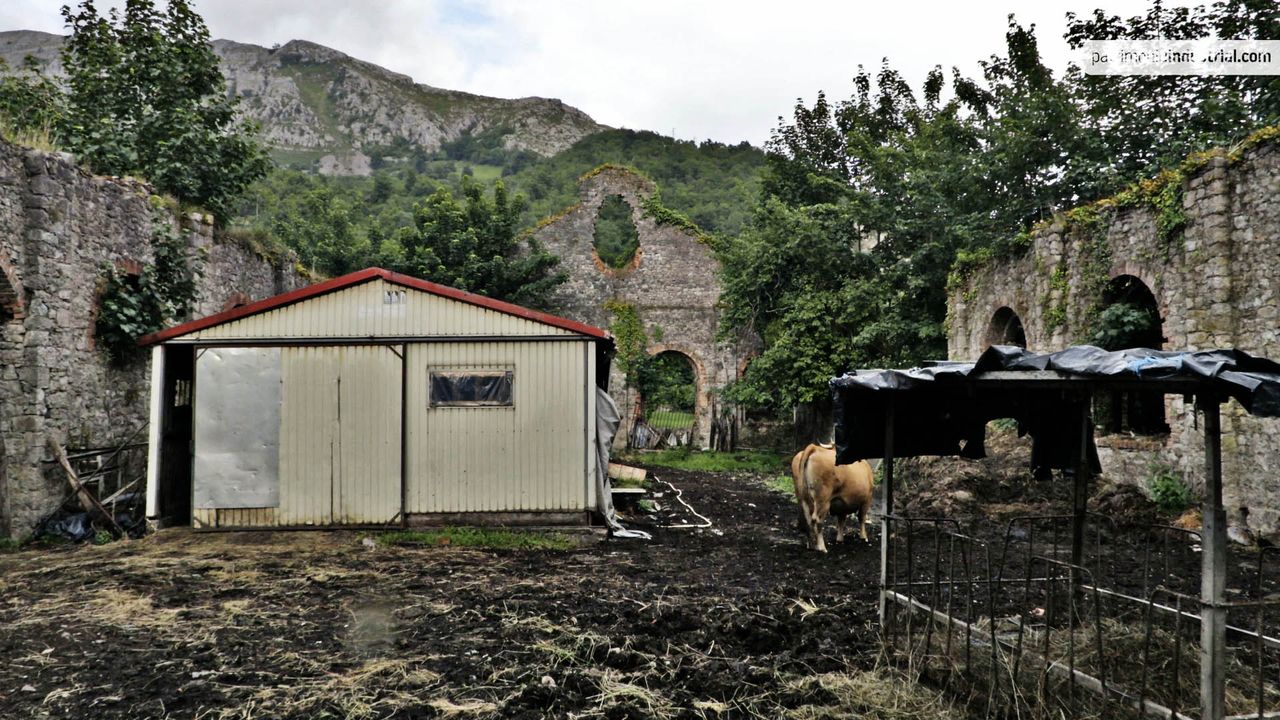
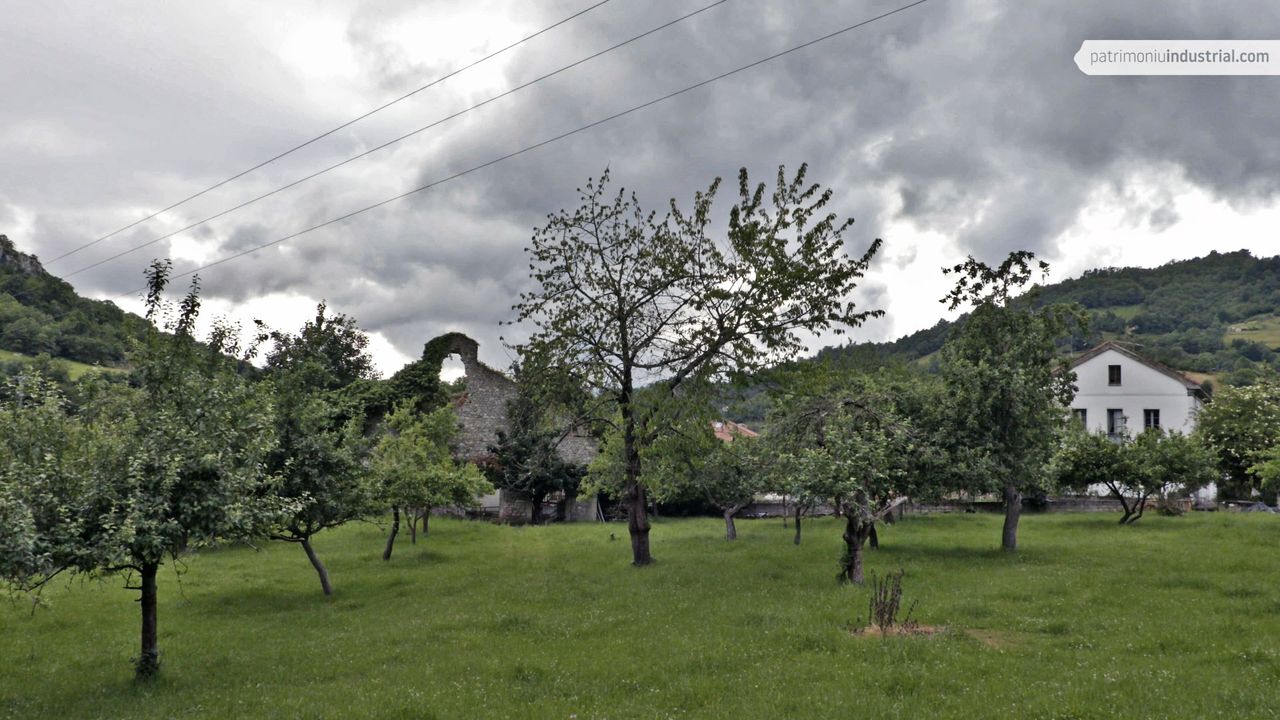
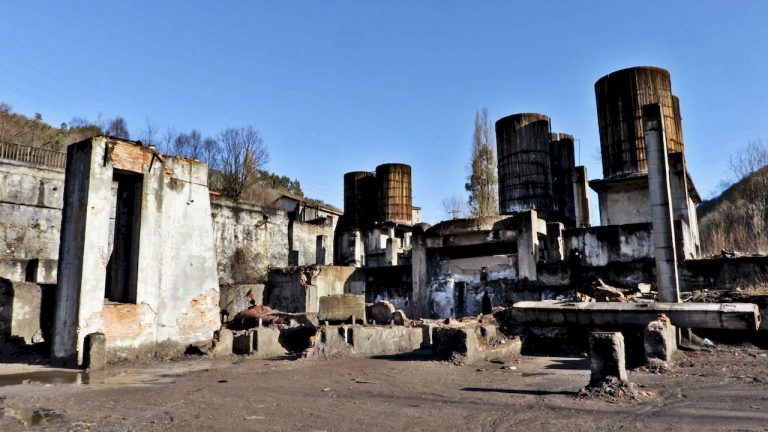
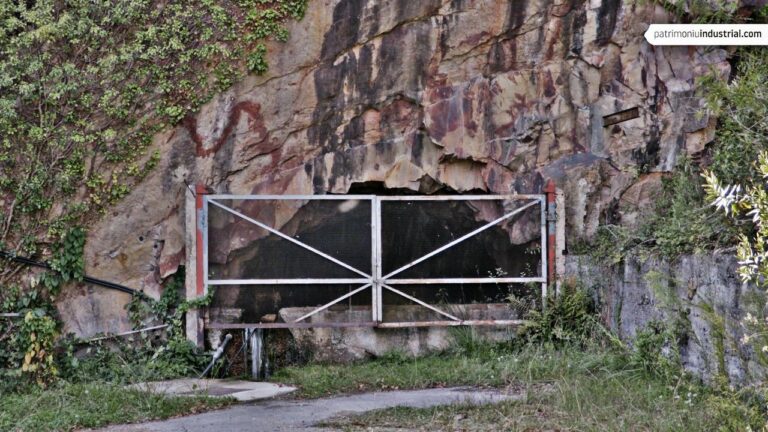


Recent Comments